Scientists have discovered lakes near the Red Sea coast, with super salty, oxygen-free properties, considered "lakes of death" for creatures.
Deep-sea salt lakes are hypersaline lakes that form on the seafloor and are among the harshest environments on Earth. Scientists from the University of Miami (USA) have discovered a cluster of "death lakes" located in the deepest areas of the Red Sea.
Animals that swim into these lakes will be instantly paralyzed or killed. Those that don’t die from the saltwater are at risk of becoming food for nearby fish, shrimp, and eels, according to Live Science.

Salt lake at the bottom of the Gulf of Aqaba, Red Sea.
Scientists say the salt lakes offer insights into the early Earth, and despite being oxygen-free and hypersaline, they are considered "oases of life" because of their rich microbial life.
Sam Purkis, a professor of marine geoscience at the University of Miami, told Live Science that some microorganisms could be useful in developing new drugs. Molecules with antibacterial and anticancer properties have previously been isolated from deep-sea microorganisms that live in salty lakes, he said.
Only three seas contain saline lakes: the Gulf of Mexico, the Mediterranean Sea, and the Red Sea. As of 2020, all known saline lakes in the Red Sea were located at least 25 kilometers from the shore. However, in 2022, the team discovered a cluster of saline lakes in the Gulf of Aqaba, in the northern Red Sea, just 2 kilometers from the shore.
The fact that hypersaline lakes are close to the coast means they can collect runoff from the land, and surface minerals can mix into their chemical composition. They are therefore considered to be archives of tsunamis, floods and earthquakes in the region spanning thousands of years, Purkis said.
Scientists' findings show that over the past 1,000 years, floods caused by heavy rains have occurred about once every 25 years, and tsunamis have occurred about once every 100 years.
Viet Son (According to Thanh Nien)
Source








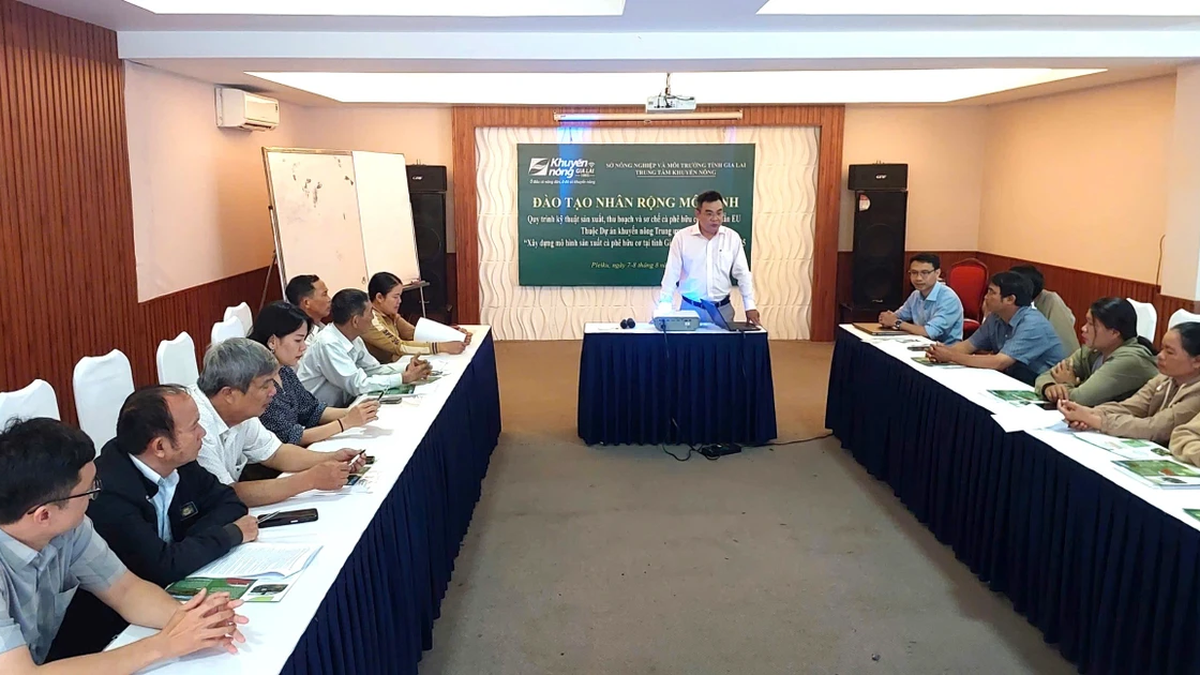













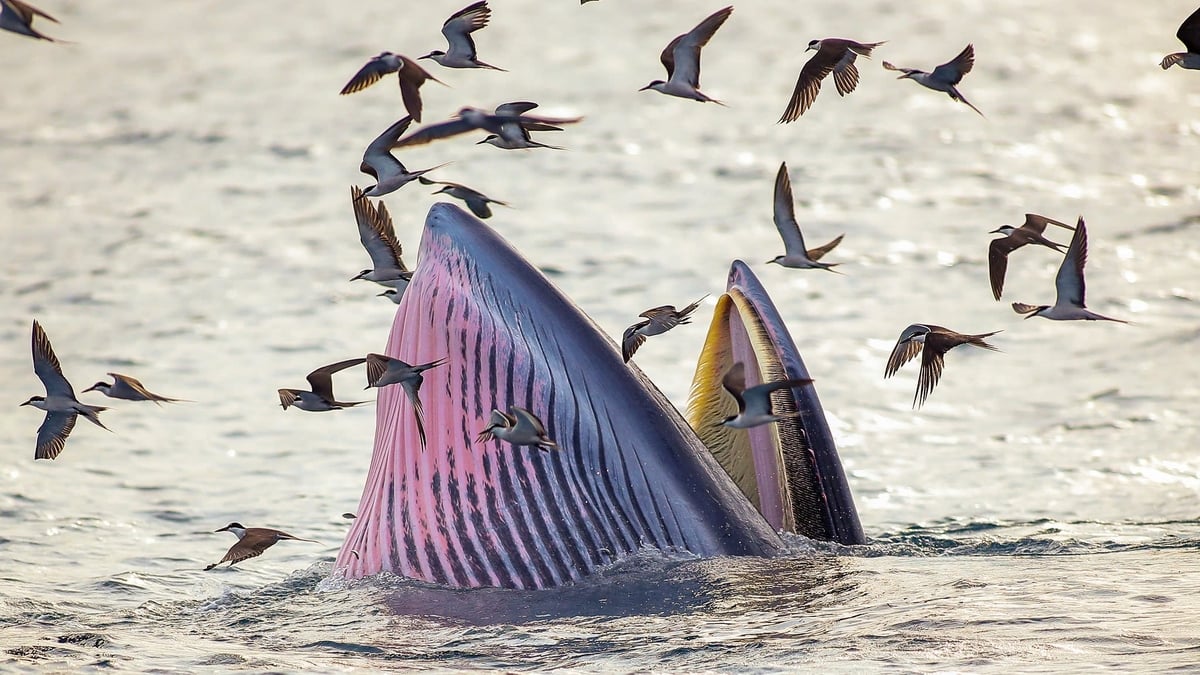









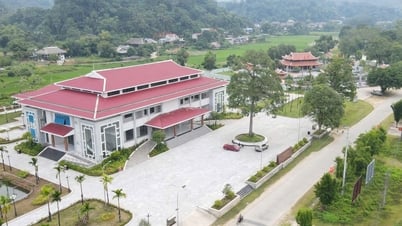








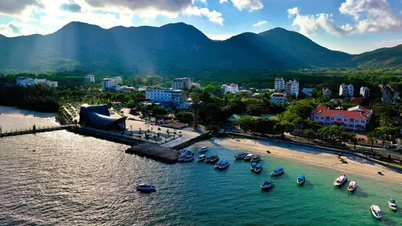











































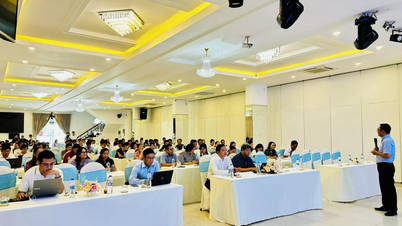














Comment (0)